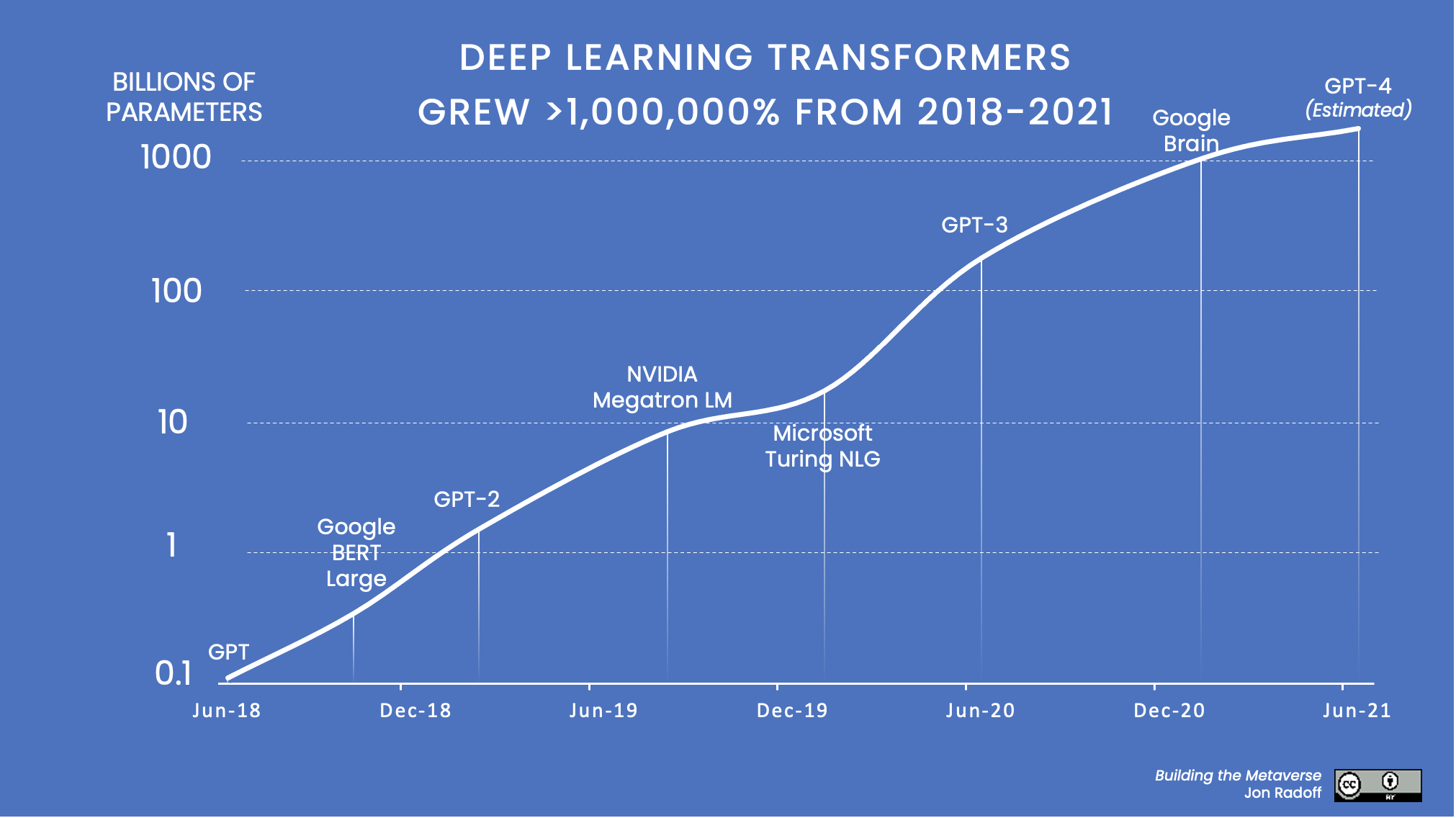As language models continue to advance, we are on the brink of witnessing a new generation of artificial intelligence. GPT-4 is the next anticipated model in the GPT series, which is set to take the natural language processing world to new heights. In this blog, we’ll explore what GPT-4 is, how it differs from previous models and its potential applications.
What is GPT-4?
GPT-4 is “Generative Pre-trained Transformer 4,” a language model that uses deep learning algorithms to understand and generate human-like language. It is expected to have a staggering 10 trillion parameters, dwarfing the 175 billion parameters of its predecessor, GPT-3.

How is GPT-4 Different from GPT-3?
While GPT-3 significantly improved the natural language processing field, it still had some limitations. GPT-4 is set to address those limitations by being more robust, efficient, and accurate. It is expected to have a better understanding of context and the ability to generate more coherent and engaging responses.
One significant difference between GPT-4 and its predecessor is its potential to perform more complex tasks. GPT-3 already showed promise in performing tasks such as language translation, summarization, and creative writing. However, GPT-4 is expected to be more capable of handling even more complicated tasks, such as coding, scientific research, and medical diagnosis.
Potential Applications of GPT-4
The potential applications of GPT-4 are vast, ranging from improving customer service to aiding in scientific discoveries. Here are some of the potential applications of GPT-4:
- Virtual assistants: GPT-4 can help virtual assistants understand user intent better and provide more accurate and helpful responses.
- Content Creation: GPT-4 can generate high-quality content, such as news articles, blog posts, and even novels, with a higher level of coherence and creativity.
- Medical Diagnosis: GPT-4 can assist doctors in diagnosing diseases by analyzing patient data and medical literature.
- Scientific Research: GPT-4 can help researchers process large amounts of scientific data and generate new insights and hypotheses.
It is uncertain whether GPT-4 will be free to use or not. GPT-3 was released as a commercial product by OpenAI, with different pricing tiers depending on the level of access and usage. However, there are also free versions of GPT-3 available for non-commercial use, such as research and educational purposes. It is possible that GPT-4 will follow a similar model, with paid commercial licenses and free versions for non-commercial use. However, it’s also possible that OpenAI may choose to make GPT-4 entirely commercial or entirely free, depending on their business strategy and priorities.
Regardless of its pricing model, the development of GPT-4 and other language models has already contributed significantly to natural language processing and artificial intelligence. Their advancements will continue to impact various industries profoundly and how we interact with technology.
Can it pose any serious threat?
As with any powerful technology, there is a potential for GPT-4 to pose some risks or threats to humankind. However, it’s important to note that the development and use of GPT-4 will depend heavily on the ethical principles and responsible use of the technology by those with access to it.
One potential threat is the misuse of GPT-4 for malicious purposes, such as creating fake news or other forms of propaganda. The ability of GPT-4 to generate human-like language could make it easier for bad actors to deceive and manipulate individuals or large groups of people.
Another concern is the potential for GPT-4 to reinforce existing biases and discrimination present in language and data. If the training data used to create GPT-4 contains biases or discriminatory language, the model could perpetuate these biases in its outputs. It’s crucial to ensure that the training data used for GPT-4 is diverse and unbiased to avoid these issues.
Finally, there is a concern that the increasing sophistication of language models like GPT-4 could lead to job displacement and other societal changes. As these models become more capable of performing complex tasks, it’s possible that they could replace human workers in certain industries, leading to economic and social disruption.
It’s important to address and mitigate these potential risks through responsible development and GPT-4. Organizations that develop and use GPT-4 should prioritize ethical principles and transparency to ensure that the technology is used for the benefit of society. Additionally, ongoing research and evaluation of the impacts of GPT-4 will be crucial to address any emerging issues and ensure that the technology is developed and used in a responsible and beneficial manner.
Conclusion
In conclusion, GPT-4 is set to revolutionize the way we interact with language models. Its potential to handle more complex tasks and generate more coherent responses makes it a promising tool in various industries. However, it’s important to note that as with any technology, there are potential ethical concerns. It’s essential to continue monitoring the development of GPT-4 and ensuring that its applications are used for the betterment of society.


